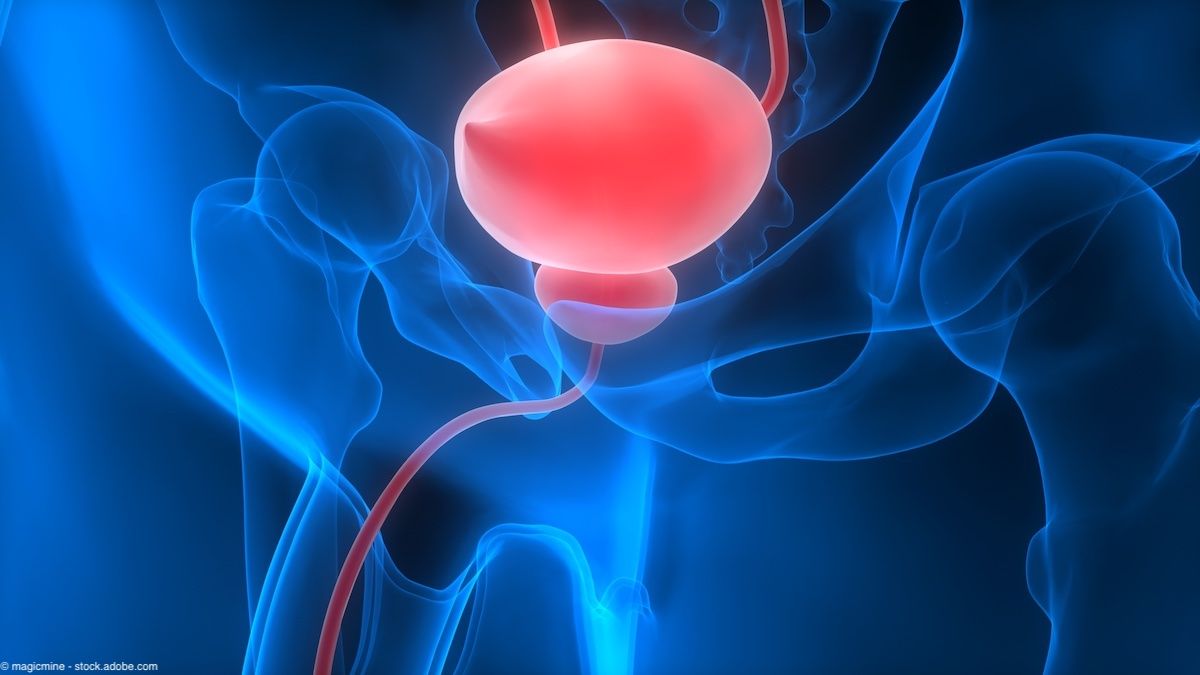Article
Studies answer questions about VUR imaging, screening
Washington--The most common anomaly detected on prenatal ultrasound is hydronephrosis. Up to 38% of those patients will have vesicoureteral reflux in early life. What to do about it, however, isn't always clear.
Washington-The most common anomaly detected on prenatal ultrasound is hydronephrosis. Up to 38% of those patients will have vesicoureteral reflux in early life. What to do about it, however, isn't always clear.
Three studies presented here at the American Academy of Pediatrics Section on Urology meeting helped answer some important questions: Which children should undergo imaging studies? Which children are likely to have their VUR resolve spontaneously? Are siblings at risk, and do they need to be screened, too?
Since 1998, Children's Hospital in Boston has maintained a large, prospective database on children with prenatal hydronephrosis. This has allowed pediatric urologists there to analyze data on 2,076 children with the prenatal condition to find out whether voiding cystourethrograms (VCUGs) and dimercaptosuccinic acid (DMSA) scans were valuable and when.
Of the children who met the criterion, 1,150 (76%) had an initial screening VCUG. Of those, 28% had VUR and were given prophylactic antibiotics, and 1.5% went on to develop a febrile UTI.
The team estimated that among the 364 (24%) of patients who did not undergo VCUG, 28% would likely have VUR, and 1.5% of those patients might also have a febrile UTI develop. But their estimate was wrong. Sixteen patients had a febrile UTI, a rate nine times higher than in the screened group and highly statistically significant (p<.0001).
There were no differences between the groups of children who developed febrile UTIs that might explain the difference. The screened and unscreened children had infections at the same mean age (a little more than 9 months), similar grades of reflux, similar rates of unilaterality and bilaterality of reflux, and similar sex distribution. The unscreened children actually had a longer time at risk, indicating there was no selection bias.
Among the children in the study group, 140 had undergone a DMSA scan in addition to an initial VCUG. Of these, 53 (38%) had primary reflux, and 56 (40%) had none. No child without reflux had any DMSA scan abnormalities.
The scan findings were abnormal in 30 (57%) of those who did have primary reflux, including cortical defects and less than 40% renal function. Reflux grade had no relationship with the abnormal findings, but the grade of prenatal hydronephrosis did. Rates of DMSA abnormalities were higher in the higher grades (53% of patients with grade 3 vs. 13% in grade 1).
"Our recommendations, therefore, are to obtain a screening VCUG in patients with mild to moderate prenatal hydronephrosis and consider a DMSA scan in patients with reflux," Dr. Estrada said.
Capacity at reflux key
In some children, VUR resolves on its own, especially those with lower-grade reflux. The research team from the University of Iowa and Children's Hospital of Iowa in Iowa City analyzed 10 years of their data (1990 to 2000) to determine if anything other than age might predict spontaneous resolution of reflux.
In that time, urologists saw 118 patients age 0 to 7 years with primary reflux, 65% of whom had their reflux resolve spontaneously, noted Zeb McMillan, a third-year medical student working with Christopher Cooper, MD, and colleagues. Twenty-three percent of the children had corrective surgery, and 13% are still being followed up. Average time to resolution was 2.2 years, whereas the average time to surgery was 3.6 years.
A highly significant predictor of resolution, the team discovered, was bladder volume (percent of predicted bladder capacity) at the onset of reflux.
Newsletter
Stay current with the latest urology news and practice-changing insights — sign up now for the essential updates every urologist needs.














